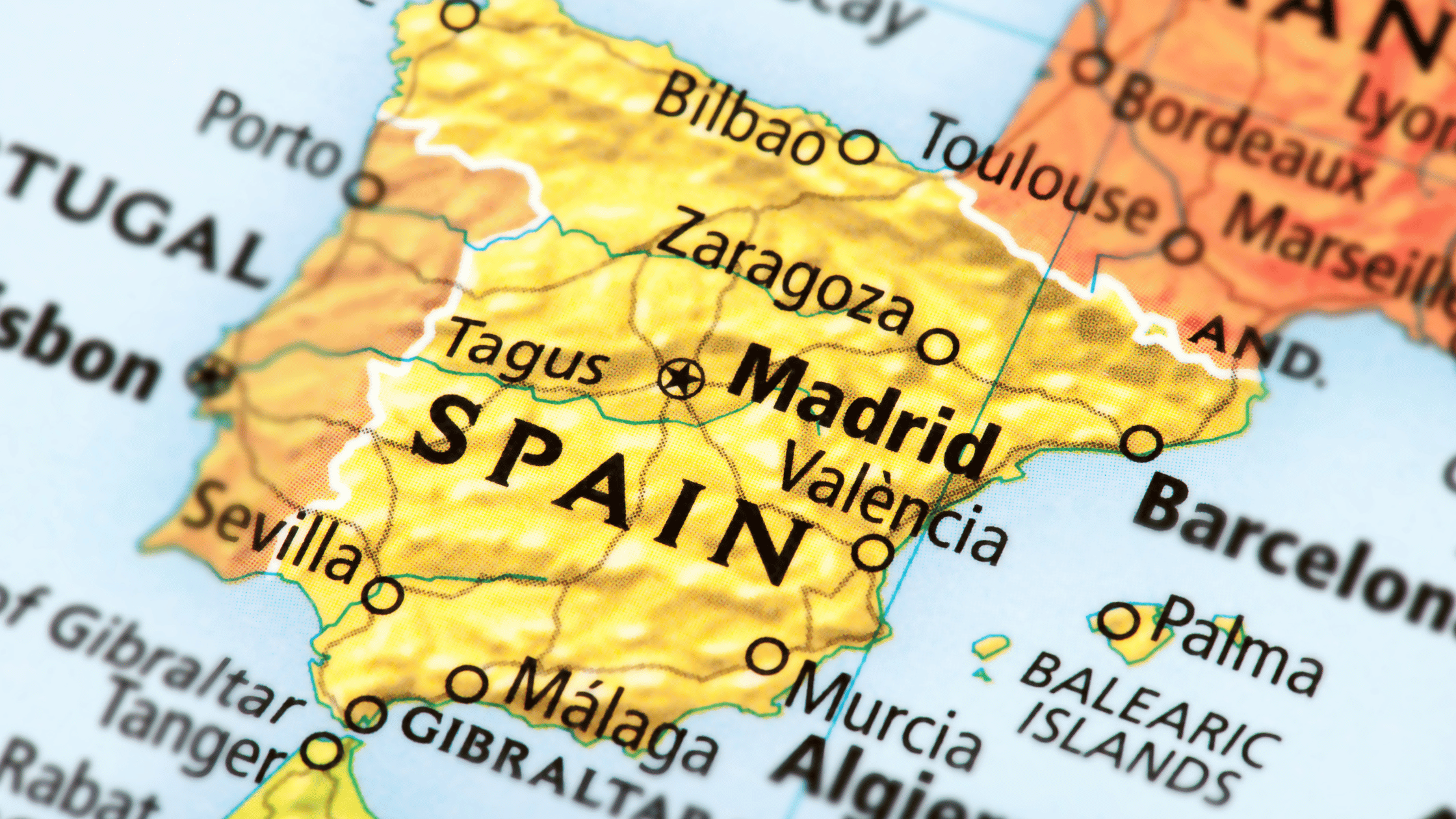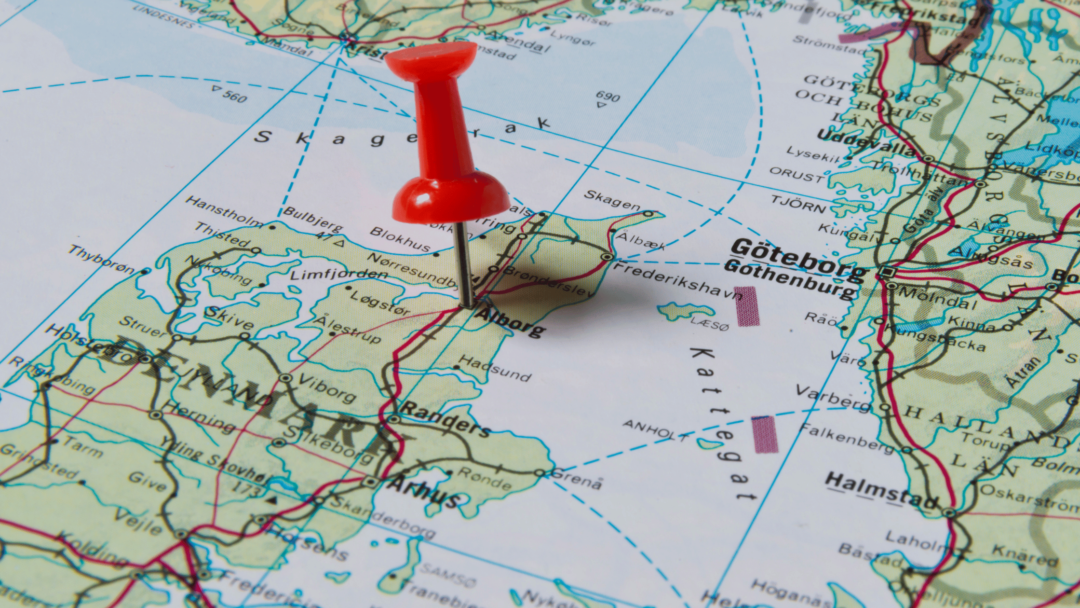Spain, a country rich in culture and history, offers a plethora of hobbies that not only entertain but also provide insight into its heritage.
From the vibrant art of flamenco, which originated in Andalusia, to the unique tradition of watching telenovelas, Spanish pastimes offer something for everyone.
Understanding and engaging in these hobbies allows you to immerse yourself in the Spanish way of life.

Engaging in activities like wine tasting in the Priorat region or participating in the lively La Tomatina can offer deeper connections to Spain’s cultural traditions.
The Spanish Civil War has influenced many of these practices, adding layers of historical significance that can make your experience even more enriching.
These hobbies are more than just time-fillers; they are windows into the soul of Spanish society.
Whether you are flying kites, scuba diving, or exploring Spanish traditions like Día de los Muertos, you will find that these activities are deeply intertwined with Spain’s rich cultural fabric.
Each hobby provides an opportunity to explore Spain’s vibrant history and diverse heritage, making your journey through this beautiful country all the more memorable.
The Rich Tapestry of Spanish Culture

Spain boasts a vibrant tapestry of culture woven from diverse influences, creating a unique blend of traditions, cuisine, and celebrations.
In this section, discover the essence of Spain through its iconic music and dance, culinary wonders, and lively festivals.
Flamenco: The Soul of Spain
Flamenco is an integral part of Spanish culture, originating in Andalusia. This passionate art form combines music, dance, and singing, reflecting a rich blend of Gypsy, Moorish, Jewish, and Christian influences.
The emotional intensity of flamenco is conveyed through the soulful strumming of the guitar, rhythmic hand clapping, and the distinct voices of the singers.
The dancers use precise, expressive movements, often accompanied by the clicking of castanets and the percussive sound of their shoes.
Experience a live flamenco show in cities like Sevilla or Granada for a deep dive into this captivating tradition.
Culinary Delights: From Tapas to Paella
Spanish cuisine is renowned for its bold flavors and variety.
Tapas, small savory dishes, are a staple enjoyed with drinks. These can range from simple olives and cheese to more elaborate options like chorizo or gambas al ajillo (garlic shrimp).
Paella, a famous Spanish dish, hails from Valencia. This rice dish is traditionally cooked in a large, shallow pan and can include a mix of seafood, chicken, and rabbit, flavored with saffron and other spices.
Enjoying these dishes at local bars or markets is a delightful way to immerse yourself in Spanish culinary culture.
Festivals and Celebrations: Embracing Spanish Joy
Spain is home to numerous festivals that celebrate its rich history and culture.
La Tomatina in Buñol is a unique event where participants engage in a massive tomato fight. This quirky celebration highlights the Spaniards’ love for fun and community.
Semana Santa (Holy Week) in Sevilla is a somber yet spectacular series of processions featuring elaborately carved floats and participants dressed in traditional robes and hoods.
Another notable festival, Las Fallas in Valencia, involves the creation and burning of large, artistic effigies.
Each festival offers a glimpse into the local traditions and the joyous spirit of the Spanish people.
Landmarks and Architecture: Spain’s Living History

Spain’s vibrant culture and rich history are reflected in its iconic landmarks. From Gaudí’s awe-inspiring Sagrada Familia to the blend of architectural styles in the Alcázar of Seville, these sites offer a glimpse into the country’s diverse heritage.
Iconic Edifices: Sagrada Familia and Alhambra Palace
The Sagrada Familia, located in Barcelona, is Antoni Gaudí’s most famous work. This large Roman Catholic basilica, whose construction began in 1882, is still unfinished and is expected to be completed by 2026. Its unique Gothic and Art Nouveau styles make it an architectural marvel. Once completed, it is predicted that the basilica will become even more of a cultural and tourist symbol.
The Alhambra Palace in Granada is one of the most iconic landmarks in Spain. As the last and greatest Moorish fortress, it stands out for its intricate Islamic art and serene gardens.
Built in the mid-13th century, it represents the height of Moorish architecture in Spain. The complex includes palaces, courtyards, and a royal complex, making it a top tourist destination.
Historical Wonders: Toledo and Alcázar of Seville
Toledo, once the capital of Spain, is a city rich in historical and architectural heritage. Known as the “City of Three Cultures,” it showcases a mix of Christian, Muslim, and Jewish influences.
The city’s medieval architecture, narrow winding streets, and the towering Toledo Cathedral are must-see attractions. Its well-preserved historic center is a UNESCO World Heritage Site.
The Alcázar of Seville is a royal palace that exemplifies a blend of Moorish, Gothic, and Renaissance architectural styles.
Its lush gardens, ornate courtyards, and stunning tilework make it a beautiful location to explore. As a UNESCO World Heritage site, it provides insight into centuries of Spanish history and culture, making it a vital part of Spain’s architectural heritage.
Exploring Spanish Cities: A Guide to Urban Wonders

Spain’s cities offer a rich tapestry of history, culture, and modernity. You will find architectural marvels and vibrant urban life that cater to diverse interests.
Madrid and Barcelona: Cities of Contrast
Madrid, the capital of Spain, is known for its elegant boulevards, manicured parks, and rich repositories of European art. Must-visit sites include the Prado Museum and the Royal Palace.
Madrid’s nightlife is equally impressive, with an array of tapas bars and nightclubs.
In contrast, Barcelona boasts unique architectural works by Antoni Gaudí, such as the Sagrada Família and Park Güell. The city’s beaches provide a perfect blend of relaxation and activity.
Barcelona’s La Rambla street is bustling with shops, eateries, and street performers, making it a hub for tourists.
Discover more about these cities here.
Andalusia and Valencia: Tradition Meets Modernity
Andalusia, known for its Moorish heritage, offers iconic landmarks like the Alhambra in Granada and the Seville Cathedral.
Seville, in particular, is famous for its lively flamenco performances and historical sites. Andalusian cuisine, which includes tapas and sherry wines, is a treat you shouldn’t miss.
Valencia, on the other hand, is a city where traditional Spanish culture blends seamlessly with modern attractions.
The futuristic City of Arts and Sciences is a must-see, housing an opera house, a planetarium, and an interactive museum. Valencia is also renowned for the Fallas Festival and its unique paella dishes.
Get detailed insights into these cities here.
Outdoor Adventures and Natural Landscapes

Spain offers a variety of outdoor adventures thanks to its diverse natural landscapes, from the sun-soaked beaches of the Canary Islands to the rugged mountains of the Sierra Nevada.
Whether you are into water sports or winter activities, Spain has something to offer.
Beaches and Islands: Canary Islands to Balearic Shores
The Canary Islands are known for their volcanic landscapes and extensive beaches. Here, you can enjoy activities like surfing, diving, and hiking. Tenerife and Lanzarote are particularly popular for their unique natural features and clear waters.
Mallorca in the Balearic Islands is another excellent destination, known for its stunning coves and cliffside shores.
You can explore hidden beaches or partake in water sports like windsurfing and kitesurfing. Both regions offer a mix of relaxation and adventure, making them ideal for beach lovers.
Mountain Escapes: Skiing in Sierra Nevada
For those who prefer cooler climates and mountain vistas, the Sierra Nevada in southern Spain is a must-visit.
This mountain range boasts some of the highest peaks in the country, with Mulhacén being the tallest.
During winter, the area turns into a bustling ski resort. You can indulge in skiing, snowboarding, and other winter sports.
Even in summer, the mountains offer excellent hiking trails and breathtaking views, making it a year-round destination for outdoor enthusiasts.
Museums and Art in Spain: A Journey Through Creativity

Spain offers a vibrant tapestry of creativity through its museums and astonishing architectural feats.
From the vast collections of historic and modern art at the Prado Museum to the whimsical designs of Gaudí, you will immerse yourself in a rich cultural experience.
Prado Museum and Beyond: A World of Art
The Prado Museum in Madrid is one of the most prestigious art galleries globally, housing masterpieces by Velázquez, Goya, and El Greco.
This museum attracts millions of visitors annually, making it a must-visit destination for art lovers.
You’ll find Las Meninas by Velázquez, The Naked Maja by Goya, and other notable works.
In addition to the Prado, consider the Museo de Bellas Artes in Bilbao.
Often overshadowed by the famous Guggenheim, it showcases impressive collections from the medieval period to contemporary art. If you are an art enthusiast, don’t miss the bronze sculptures and exquisite paintings on display here.
Gaudí’s Masterpieces: Park Güell and More
Antoni Gaudí’s creations are synonymous with Barcelona, particularly Park Güell. This park exemplifies Gaudí’s unique style—a combination of natural forms and vibrant mosaics.
You’ll stroll through imaginative structures, colorful tile work, and elegant, sweeping architectural elements that make it a lively public space.
Another significant work is the famous Sagrada Família, with its intricate facades and towering spires. This basilica, still under construction, showcases Gaudí’s visionary approach and dedication to architectural genius.
Visiting Casa Batlló and Casa Milà (La Pedrera) offers further insights into Gaudí’s ability to blend function and fantasy.
Each of these locations provides not only a visual feast but also a profound look into the innovative spirit of Spain’s artistic heritage.
Spanish Cuisine: A Taste of Iberia

Spanish cuisine offers a delicious journey through Iberia, featuring iconic dishes such as gazpacho and irresistible desserts like churros.
From hearty stews to refreshing summer drinks, Spain’s culinary traditions reflect its rich culture and diverse regions.
Local Specialties: Gazpacho and Beyond
Gazpacho, a cold tomato-based soup, is a staple of Andalusian cuisine. It is made with tomatoes, green peppers, cucumbers, garlic, bread, olive oil, vinegar, and salt.
Served chilled, gazpacho is perfect for hot summer days and embodies the flavors of fresh, local produce.
In addition to gazpacho, other iconic dishes include paella from Valencia, a saffron-infused rice dish with seafood, chicken, or rabbit.
Another favorite, tapas, features small plates like patatas bravas, pimientos de Padrón, and croquetas. These dishes highlight the diverse ingredients and regional differences found throughout Spain.
The Sweet Life: Churros and Sangria
Churros, a deep-fried dough pastry sprinkled with sugar, are often enjoyed with a cup of thick hot chocolate. They are typically eaten for breakfast or as an afternoon snack.
This treat is beloved nationwide and can be found in many street stalls and churrerías.
Sangria, a popular Spanish drink, combines red wine with chopped fruit, sweeteners, and a splash of brandy. It is refreshing and often served at social gatherings.
Known for its fruity and vibrant flavor, sangria complements many traditional Spanish meals and is a delightful way to experience the festive spirit of Iberia.
Practical Information for Travelers

Traveling in Spain is enjoyable and efficient, with numerous public transport options and plentiful opportunities for day trips.
Planning your visit thoughtfully ensures a rewarding experience, covering key activities while managing your time and spending wisely.
Getting Around: Public Transport and Day Trips
Spain boasts a comprehensive and efficient public transport system, including buses, trains, and metros.
Renfe operates high-speed trains (AVE) connecting major cities like Madrid, Barcelona, and Seville.
For intracity travel, metro systems in cities like Madrid and Barcelona are convenient and user-friendly.
Day trips are excellent for exploring nearby regions.
From Madrid, consider visiting the historic city of Toledo. Similarly, a trip to the beautiful Alhambra in Granada from Seville is achievable via a guided tour or train. Buses are also reliable and cover destinations without train access.
Using a travel card or purchasing a tourist pass can save money and simplify your travel around the cities.
Always check schedules and book tickets in advance, especially during peak tourist seasons.
Planning Your Visit: Itinerary and Spending
Creating a balanced Spain itinerary is crucial.
Begin with must-see landmarks in major cities, such as the Sagrada Familia in Barcelona or the Prado Museum in Madrid.
Allocate time for cultural experiences, like flamenco shows in Andalusia or visiting local markets for authentic cuisine.
Budget for attractions, accommodations, and daily expenses.
Many museums and attractions offer discounted or free entry on specific days, so incorporating these into your plan can reduce spending.
Dining at local eateries instead of tourist hotspots can also be more cost-effective and offer authentic Spanish flavors.
For accommodation, consider a mix of hotels, hostels, or Airbnb to suit your budget and preferences.
Booking in advance often provides better rates and availability, ensuring a smoother and more enjoyable trip.
Engage with locals and use travel resources for advice on hidden gems and practical tips, enriching your travel experience.
The Way of the Pilgrim: Spiritual and Historic Trails

Spain offers a rich tapestry of spiritual and historic trails that attract pilgrims and hikers from around the world. Two of the most significant routes include the Camino de Santiago and the Ruta Via de la Plata.
Camino de Santiago: A Transcendent Trek
The Camino de Santiago, also known as the Way of St. James, is a historic pilgrimage route that culminates at the Santiago de Compostela Cathedral in northern Spain.
Believed to be the final resting place of the apostle St. James, this trek spans approximately 780 kilometers from St. Jean Pied de Port.
The journey is not only a spiritual endeavor but also a cultural exploration. Many pilgrims walk the last 100 kilometers to earn the Compostela, a Latin certificate of completion.
The route offers a scenic and reflective journey through diverse landscapes, quaint villages, and historic sites.
Whether you walk or cycle, the experience aims to provide inner peace and a break from daily life.
For more details, explore this ancient pilgrimage route of Spain.
The Ruta Via de la Plata: Tracing Ancient Paths
The Ruta Via de la Plata is another ancient path with deep historical roots.
This route dates back to Roman times and stretches approximately 1,000 kilometers from Seville in the south to Gijón in the north.
Initially a Roman trade route, it later became a path for Christian pilgrims traveling to Santiago de Compostela.
The journey allows you to traverse through Spain’s diverse regions, from the plains of Extremadura to the mountains of Asturias.
This trail is less crowded than the Camino de Santiago, offering a more solitary and contemplative experience.
Along the way, you’ll encounter historical monuments, Roman ruins, and picturesque landscapes.
To learn more, you can read about various pilgrimage routes around the world.
Frequently Asked Questions

Explore various aspects of Spanish culture, from common leisure activities and traditional foods to the influence of history on hobbies and key cultural events celebrated in Spain.
What are some common leisure activities that people engage in within Spain?
People in Spain often enjoy leisure activities such as surfing, scuba diving, and flying kites. Watching telenovelas is also a popular pastime.
These hobbies are widely practiced and deeply integrated into daily life.
What elements define Spanish culture and traditions?
Spanish culture is characterized by its diverse history influenced by Romans, Moors, and other cultures. Strong family ties and the use of dual surnames are key elements.
Various regional languages, including Catalán, Galician, and Basque, also play significant roles.
How can one get involved in the most practiced hobbies in Spain?
To get involved in popular Spanish hobbies, consider joining local clubs or taking classes.
For activities like surfing or scuba diving, numerous schools and instructors are available. Engaging with communities interested in these hobbies can also provide a great starting point.
What are the key cultural events and traditions celebrated in Spain?
Spain celebrates several key cultural events such as Día de los Muertos, where offerings are made to honor the deceased, and La Tomatina, a famous food fight festival.
These events are deeply rooted in Spanish heritage and attract many participants.
Which traditional Spanish foods are integrated into local pastimes?
Traditional Spanish foods like tapas, paella, and sangria are often enjoyed during social gatherings and local events.
These foods are not just meals but integral parts of Spanish culture and leisure activities.
How does Spain’s history influence its current popular hobbies?
Spain’s history is marked by diverse cultural influences. These have shaped its current hobbies and traditions. The influence of different cultures can be seen in activities such as flamenco, bullfighting, and the use of traditional garments like the Basque Beret (Txapela). These hobbies reflect Spain’s rich historical tapestry.





